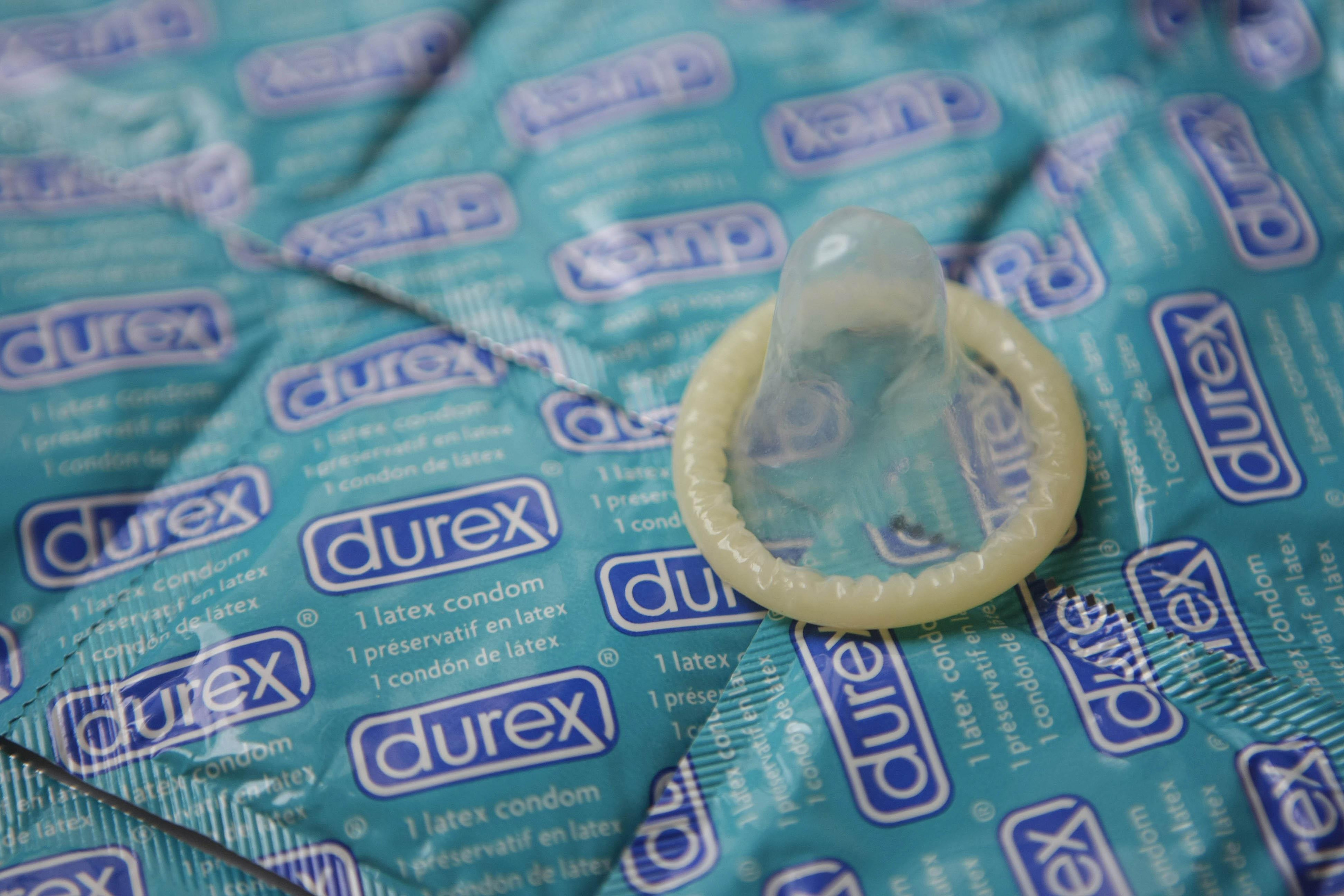Nearly 100 people in Tayside have been diagnosed with the potentially fatal sexually-transmitted disease syphilis over the past five years.
Figures released by NHS Tayside in response to a Freedom of Information request revealed more than 80% of cases are diagnosed in men.
It comes as the number of cases in Scotland nearly doubled in a single year.
According to the most recent national figures available from Health Protection Scotland, there were 316 new cases of syphilis in 2015, up from 159 the year before.
If caught early, syphilis can be successfully treated with antibiotics.
But if left untreated, it can eventually cause stroke, dementia, blindness, paralysis and heart disease although these symptoms, which can often be fatal, are unlikely to occur until decades after the initial infection.
Syphilis is particularly virulent because it can remain dormant for years after the initial symptoms, which begin with a painless ulcer known as a chancre, have passed.
During the first year of this latent phase it is still possible to transmit the infection.
Most new infections – between 70% and 80% – are transmitted between gay or bisexual men.
Between 2012 and 2016, there were 82 new cases of syphilis amongst men in Tayside.
The number of new cases peaked in 2013 and 2014 when there were 21 diagnoses each year.
Over the same five-year period the number of female syphilis cases was at least 15.
There were eight cases in 2013, six in 2014 and fewer than five the following year – more exact figures are not provided in order to protect patient confidentiality.
Dr Sarah Allstaff, lead clinician for sexual health for NHS Tayside, said: “Syphilis is a bacterial infection that is transmitted through sex, including oral sex.
“It predates the Victorian era and will continue to be prevalent as long as people continue to have sex. It is far less common than other sexually transmitted infections, like genital warts and herpes, which have persisted for thousands of years.
“Many people who catch syphilis develop symptoms such as an ulcer affecting the genitals or mouth or a generalised rash. However, some patients may not get any symptoms and may not realise that they could be at risk or that other people they have sex with may be at risk.
“If not treated, syphilis can go on to cause more serious health problems later in life. However, it can be easily cured with a course of antibiotics.
“Health complications of syphilis have all but been eradicated due to the effective recognition of the disease, effective antibiotics treatment and contacting and treating sexual partners.
“The best way for people to reduce their risk of catching sexually transmitted infections like syphilis is to use a condom.
“If you think you might have symptoms or may have been at risk it is important to get tested for sexually transmitted infections including syphilis to ensure that you can be treated if you have picked up an infection and to prevent any infection from passing to anyone.”
The Health Protection Scotland report Syphilis in Scotland 2015 states there was a record number of new infections in 2015.
It states: “In 2015, 316 cases of infectious syphilis were reported to HPS, a near doubling of the 159 diagnoses reported in 2014.
“This is the highest annual total recorded since this surveillance system was established in 2002/2003 and far exceeds the previous peak number (260) observed in 2008”.










